Exercising with plantar fasciitis can be challenging, but it’s not impossible. This condition, characterized by sharp pain in the heel and the bottom of the foot, can significantly hinder your ability to perform routine physical activities. However, with the right approach, you can continue to stay active and even aid your recovery. In this post, we will guide you through safe and effective exercises tailored for those suffering from plantar fasciitis, ensuring you maintain your fitness without exacerbating your symptoms.
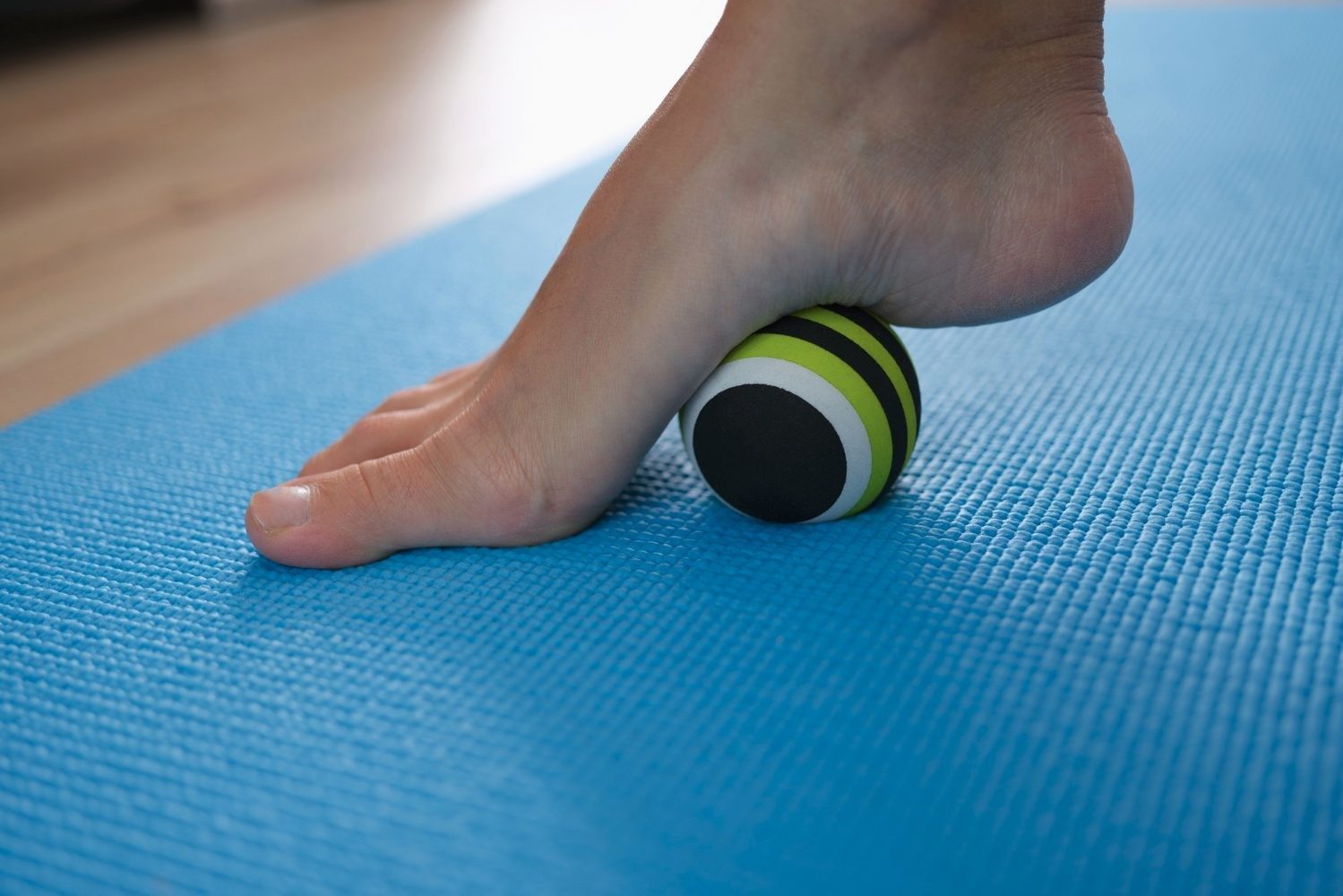
Contents
How To Exercise With Plantar Fasciitis?
Exercising with plantar fasciitis requires a thoughtful approach to avoid aggravating the condition. Plantar fasciitis, a common issue among runners and those who stand for long periods, results from inflammation of the plantar fascia, a thick band of tissue that runs across the bottom of your foot and connects your heel bone to your toes. Here’s how you can continue to exercise and aid the healing process:
1. Warm-Up Properly:
Begin with gentle stretching to increase blood flow to your feet and lower legs. Toe stretches, calf stretches, and towel stretches are particularly effective for loosening the plantar fascia.
2. Low-Impact Exercises:
Switch to low-impact activities that minimize stress on your feet. Swimming, cycling, and using an elliptical machine are excellent options. These activities allow you to maintain cardiovascular fitness without putting undue pressure on your feet.
3. Strength Training:
Focus on strength training exercises that don’t strain your feet. Work on your core, arms, and legs using weights or body resistance. Strengthening your lower legs can also help improve foot stability and reduce stress on the plantar fascia.
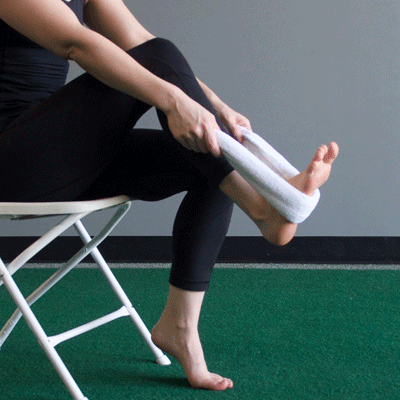
4. Foot Strengthening Exercises:
Incorporate exercises specifically designed to strengthen your foot muscles. Picking up marbles with your toes or scrunching a towel with your feet can improve foot strength and flexibility.
5. Use Supportive Footwear:
Always wear supportive shoes, even when not exercising. Shoes with adequate arch support and cushioning can help alleviate pain and provide the stability your feet need.
6. Consider Orthotics:
Custom or over-the-counter orthotics can provide additional support and distribute pressure more evenly across your feet, reducing strain on the plantar fascia during activities.
7. Modify Your Exercise Routine:
Listen to your body and modify your routine as needed. Avoid exercises that cause pain in your feet, and gradually increase intensity as your condition improves.
8. Cool Down and Stretch:
After exercising, cool down with gentle stretching to ease muscle tension. Focus on stretches that target the Achilles tendon, calves, and the bottoms of your feet.
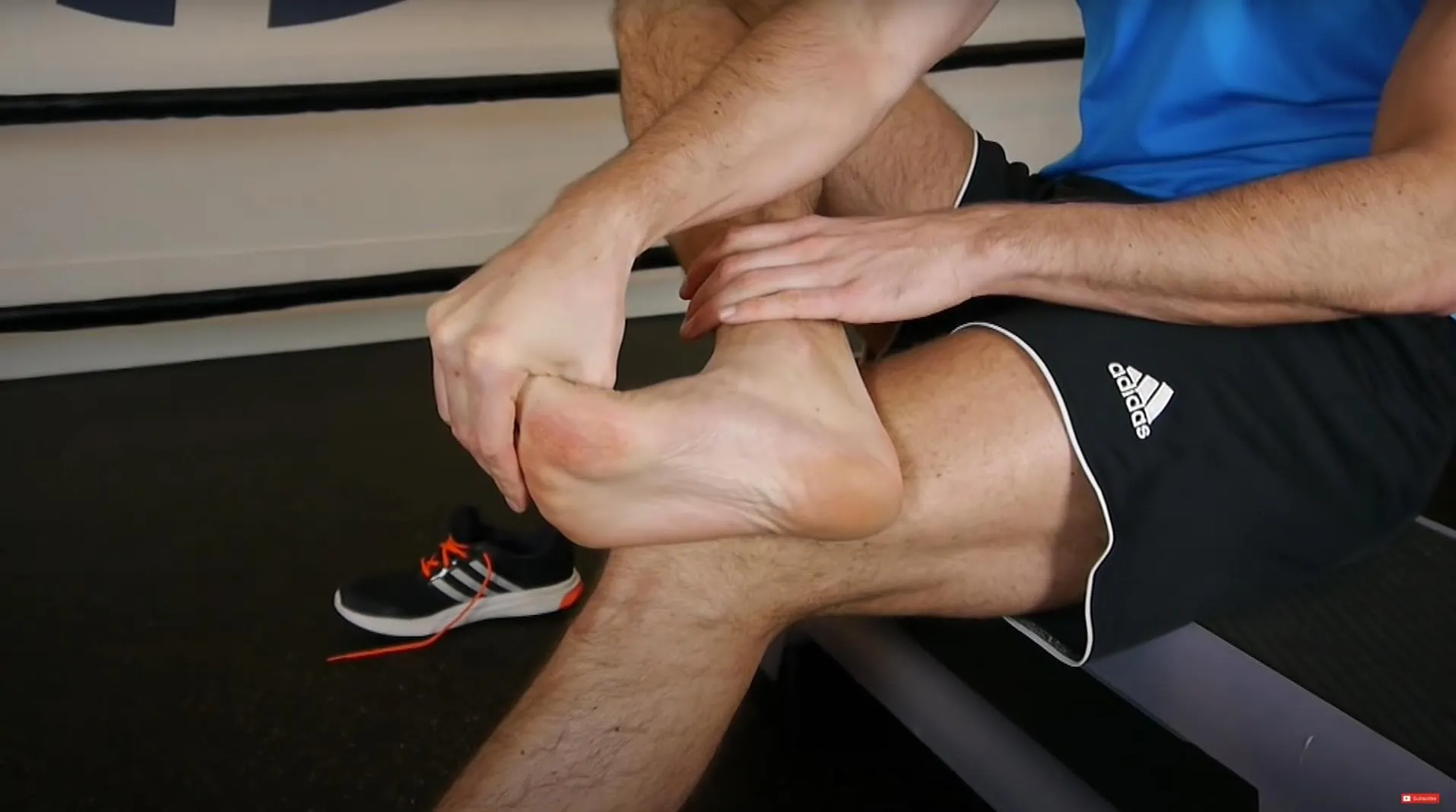
9. Rest and Recover:
Allow adequate time for rest and recovery. If your plantar fasciitis symptoms worsen, consider taking a break from exercise or consulting with a healthcare professional for further guidance.
10. Consult a Professional:
If unsure about which exercises are safe or if your condition doesn’t improve, seek advice from a physiotherapist or a sports medicine specialist. They can provide tailored advice and treatment options, including specific exercises to support recovery.
What Are The Best Plantar Fasciitis Exercises?
Here are some of the best exercises specifically designed to help alleviate the symptoms of plantar fasciitis and promote healing:
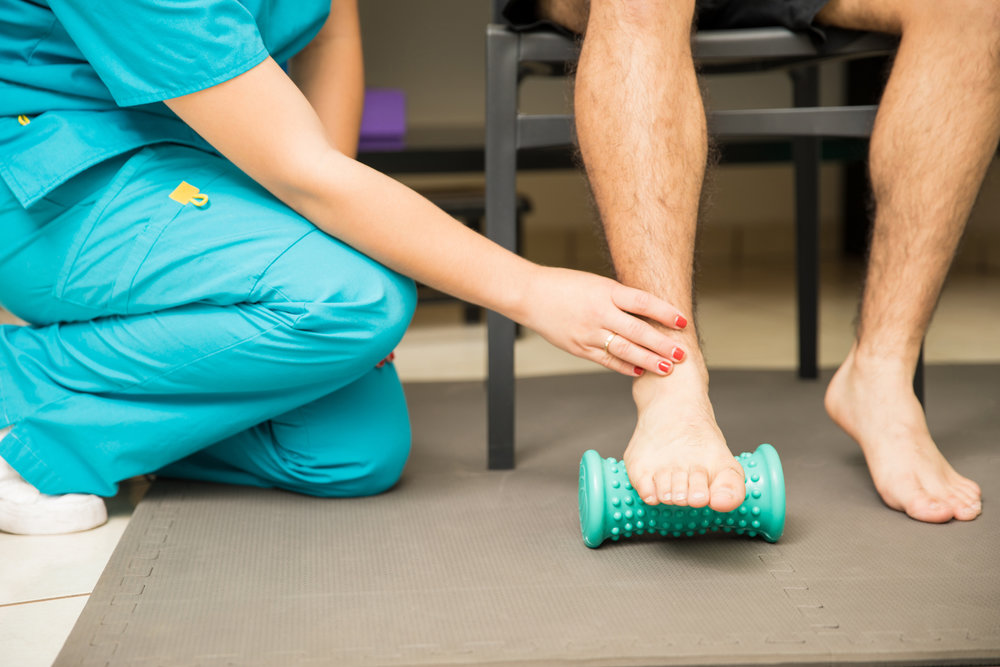
- Stretching: Begin with gentle stretches of the calf muscles and plantar fascia to relieve tension before exercising. Try a wall calf stretch by placing your hands on a wall with one leg forward and the other back. Keep both feet flat and bend the front knee while straightening the back leg.
- Marble Pickup Exercise: Strengthen your foot muscles by sitting on a chair, placing marbles on the floor, and picking them up with your toes one by one for 20 repetitions. This exercise helps strengthen the muscles supporting the arch of your foot.
- Towel Stretch: Sit on the floor with both legs extended. Loop a towel around the ball of one foot and gently pull it towards you. Hold for 15-30 seconds, then switch sides. This stretch helps improve flexibility in the calf muscles and plantar fascia.
- Calf Raises: Stand with your feet hip-width apart, then slowly lift your heels off the ground and rise onto your toes. Hold the position briefly before lowering back down. Perform 3 sets of 10-15 repetitions to strengthen the calf muscles.
- Ankle Alphabet: Sit with your legs straight and spell out the alphabet in the air with your toes. This exercise helps improve ankle mobility, strengthening the muscles in the feet and ankles.
- Rolling Foot Stretch: Sit on a chair and place a frozen water bottle or a massage ball under your foot. Roll it back and forth for a few minutes to massage the arch of your foot and alleviate discomfort.
| Exercise | Repetitions | Sets |
|---|---|---|
| Wall Calf Stretch | 15-30 seconds | 2-3 |
| Marble Pickup Exercise | 20 reps | 1 |
| Towel Stretch | 15-30 seconds | 2-3 |
| Calf Raises | 10-15 reps | 3 |
| Ankle Alphabet | Spell alphabet | 1 |
| Rolling Foot Stretch | 2-3 minutes | – |
Does Cycling Worsen Plantar Fasciitis?
Cycling itself generally does not worsen plantar fasciitis, and can be a good exercise option for those with the condition. This is because cycling is a low-impact exercise that minimizes the stress on the heels and arches of the feet.
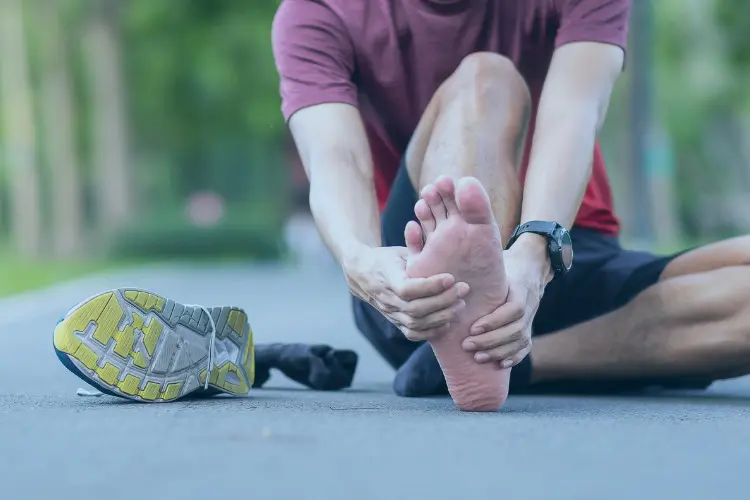
However, certain things can aggravate plantar fasciitis while cycling:
- Improper bike fit
- Incorrect cycling shoes
- Riding for extended periods
If you have plantar fasciitis and are considering cycling, it is important to get a proper bike fitting from a qualified professional. This will ensure that your bike is adjusted to your specific body measurements, which can help to reduce stress on your feet and ankles.
You should also wear cycling shoes that provide good arch support and cushioning. Look for shoes with stiff soles that will help to distribute the pressure on your feet more evenly.
Finally, it is important to avoid riding for extended periods, especially if you are just starting out. Start with short rides and gradually increase the duration as your feet tolerate it.
How To Prevent Plantar Fasciitis?
Here are some steps you can take to prevent plantar fasciitis:
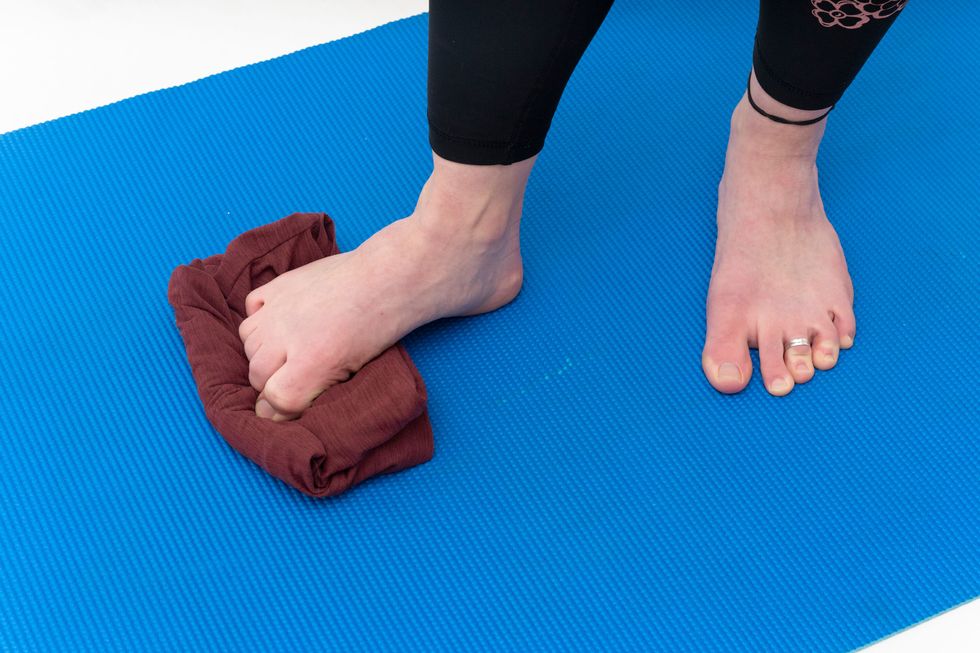
- Proper Footwear: Choose shoes with adequate arch and heel support. Ensure they fit properly to prevent heel pain and reduce the risk of injuries.
- Regular Replacement: Replace your shoes as needed to maintain cushioning and support, especially if you are an active individual engaged in physical activities.
- Non-impact Activities: Engage in low-impact exercises such as swimming, cycling, yoga, or elliptical cardio to avoid aggravating plantar fasciitis symptoms.
- Stretching Routine: Prioritize stretching exercises for your calves and feet before and after exercise sessions. Include toe curls, ankle circles, and specific stretches like the band/towel stretch.
- Calf Stretches: Incorporate standing calf stretches into your routine. This helps in relieving tension in the calves, a common area affected by plantar fasciitis.
- Soleus Muscle Stretch: Practice the standing soleus muscle stretch against a wall to further target the calf muscles and improve flexibility while protecting your feet.
By implementing these preventative measures, you can reduce the likelihood of developing plantar fasciitis and ensure a healthy exercise routine while protecting your foot health.
Frequently Asked Questions
What are some tips to prevent plantar fasciitis?
Wear proper footwear with good arch support and cushioning, and replace worn-out shoes regularly. Engage in non-impact activities like swimming and yoga, and stretch your calves and feet daily. Perform specific exercises like toe curls and ankle circles to maintain foot health.
How can I reduce the risk of developing plantar fasciitis?
To reduce the risk of plantar fasciitis, make sure to wear supportive shoes, maintain a healthy weight, stretch your calf muscles and feet regularly, and avoid high-impact activities that strain your feet. Incorporate low-impact exercises like swimming or cycling into your routine.
Is stretching important for preventing plantar fasciitis?
Yes, stretching is crucial for preventing plantar fasciitis. Focus on stretching your calves and feet to maintain flexibility, improve blood flow, and reduce the risk of developing foot pain. Incorporate toe curls, ankle circles, and other foot-specific exercises into your daily routine.

Hello, I’m Ravindra. Over the years, I’ve immersed myself deeply into the world of fitness and health, transforming both my body and mind. Writing has allowed me to share my journey, insights, and expertise with those just starting out and seasoned fitness enthusiasts alike. Beyond just routines and diets, I believe in inspiring others to adopt a holistic approach to well-being.
